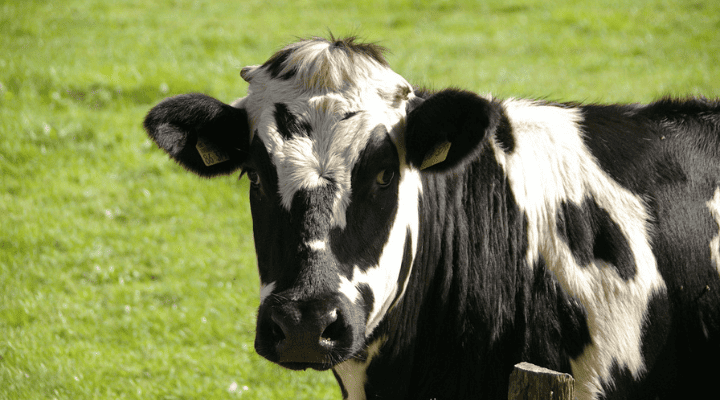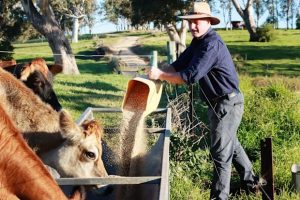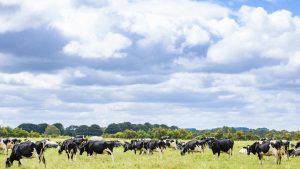
Global dairy commodity pricing softened this year due to limited milk supply growth and “lacklustre” demand. However, according to a new report from Rabobank, the global dairy market appears to be transitioning to the next phase in its cycle, with prices expected to move higher through next year.
“The year saw soft global dairy commodity pricing due to weaker underlying fundamentals,” said the agribusiness bank.
“Global milk supply growth was underwhelming, with three consecutive quarters of growth. Then lower milk prices, elevated costs, and weather disruption put the brakes back on.”
Michael Harvey, senior dairy analyst for Rabobank, explained that the milk supply export engine never “fully fired” on all cylinders this year and declined year-on-year in the third quarter by 0.2 per cent.
“Year-over-year milk production from the ‘Big 7’ (the EU, US, New Zealand, Australia, Brazil, Argentina and Uruguay) regions is forecast to decrease through Q1 2024 before turning positive. Overall, milk supply is forecast to grow by a modest 0.3 per cent for the entire year,” said Harvey.
Global Dairy Commodity update
Meanwhile, ANZ dairy supplier Maxim Foods reported that the EU milk balance is tightening as lower output and cheese priority reduce commodity availability. Cream prices have gone to extremes during the festive season, which is also tightening butter stocks.
“Affordability at these prices will be tested post-festivities with weaker consumer spending, but spring is the key to any major change on the supply side. Producers are getting plenty of encouragement to increase output,” Maxim Foods reported.
SMP (skim milk powder) availability has reduced sharply in the EU and US, but the Oceania market holds the key to price action in the short term, with increased availability and weak export demand.
NZ is still in a delicate balance – WMP (whole milk powder) demand from China remains sluggish, and cheese competition is fierce, which could push more milk towards SMP.
Australian dairy continues to face challenges
Harvey said Australia’s milk supply had “modestly recovered” in the first quarter of the new season. Milk production reached 2.036 billion litres from July to September, 0.5 per cent year-on-year higher. Growth has been elusive in Western Victoria and Northern Victoria.
“Australian dairy exports continue to plummet,” he continued.
“In the first three months of the new season, export volumes are down more than 13 per cent year-on-year with big falls in milk powder ingredients, bulk cheese, and butter. In recent years, export volumes of liquid milk, a growth sector, have been off 30 per cent year-on-year.”
While dairy purchases generally outperform other discretionary food items, Harvey said households continue to adjust purchasing behaviours in response to an income squeeze.
“The dairy CPI (Consumer Price Index) for the September quarter shows it has peaked and is trending lower, but it is still elevated by historical comparison,” he added.
“In 2024, economic conditions are expected to remain sluggish, with unemployment levels widely predicted to rise.”
Rabobank expects Australia’s exportable surplus to stabilise gradually over time.
“A further recovery in milk supply will be the catalyst. However, export competitiveness will remain an issue in the near term,” the report concluded.

























